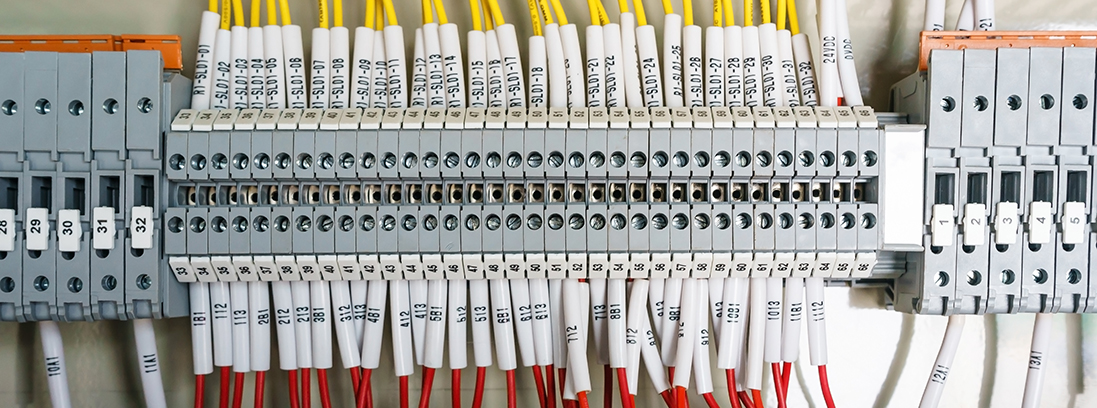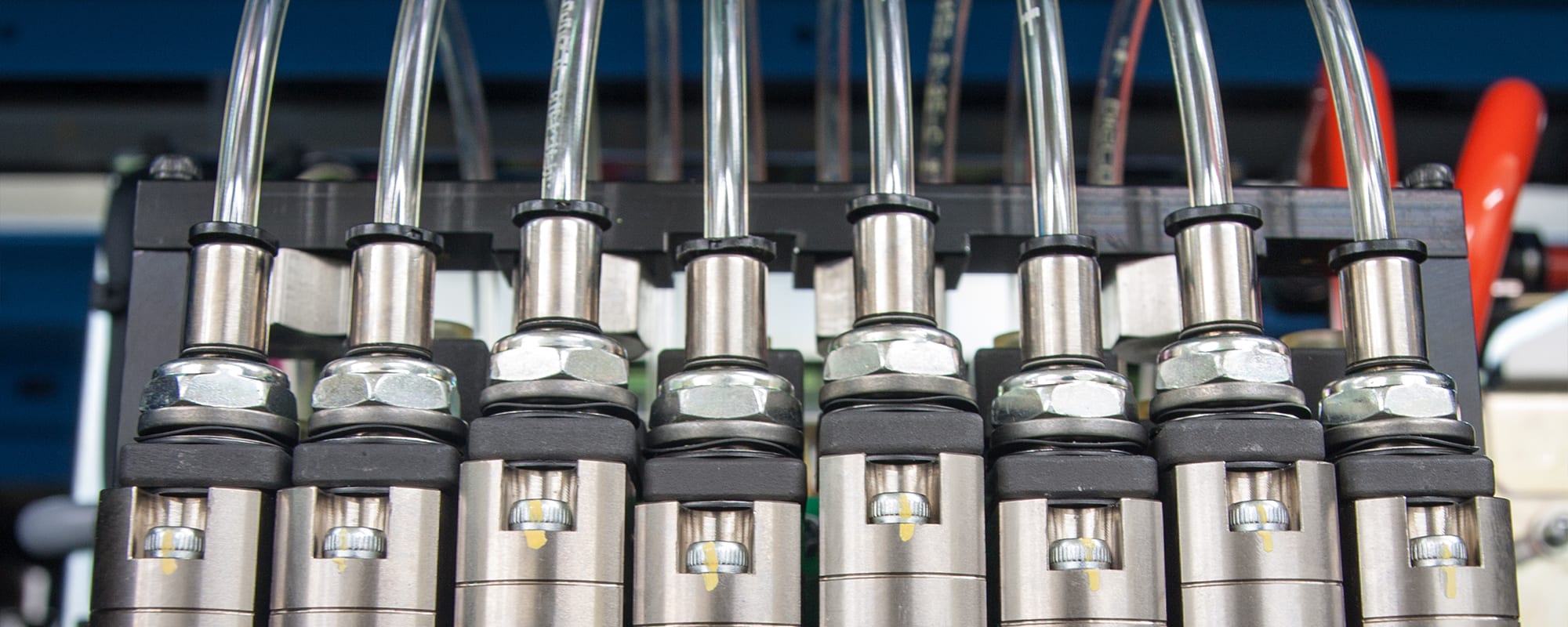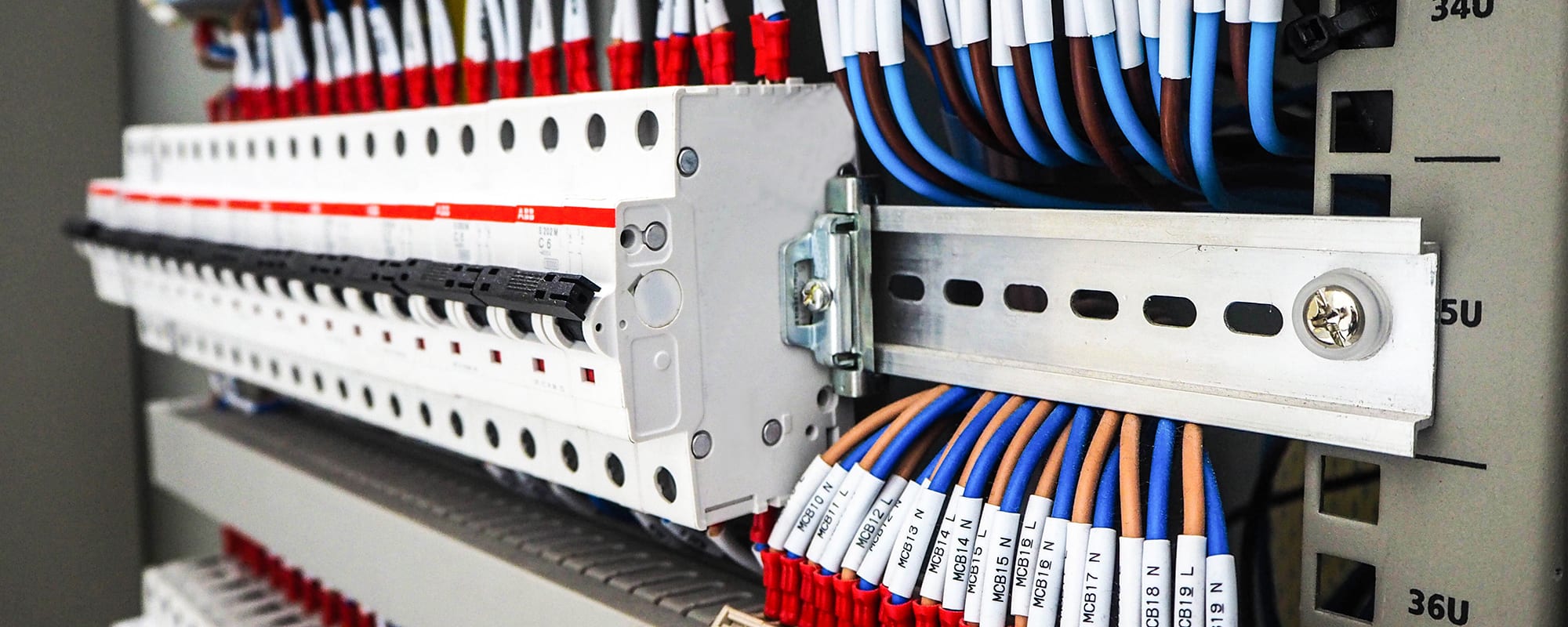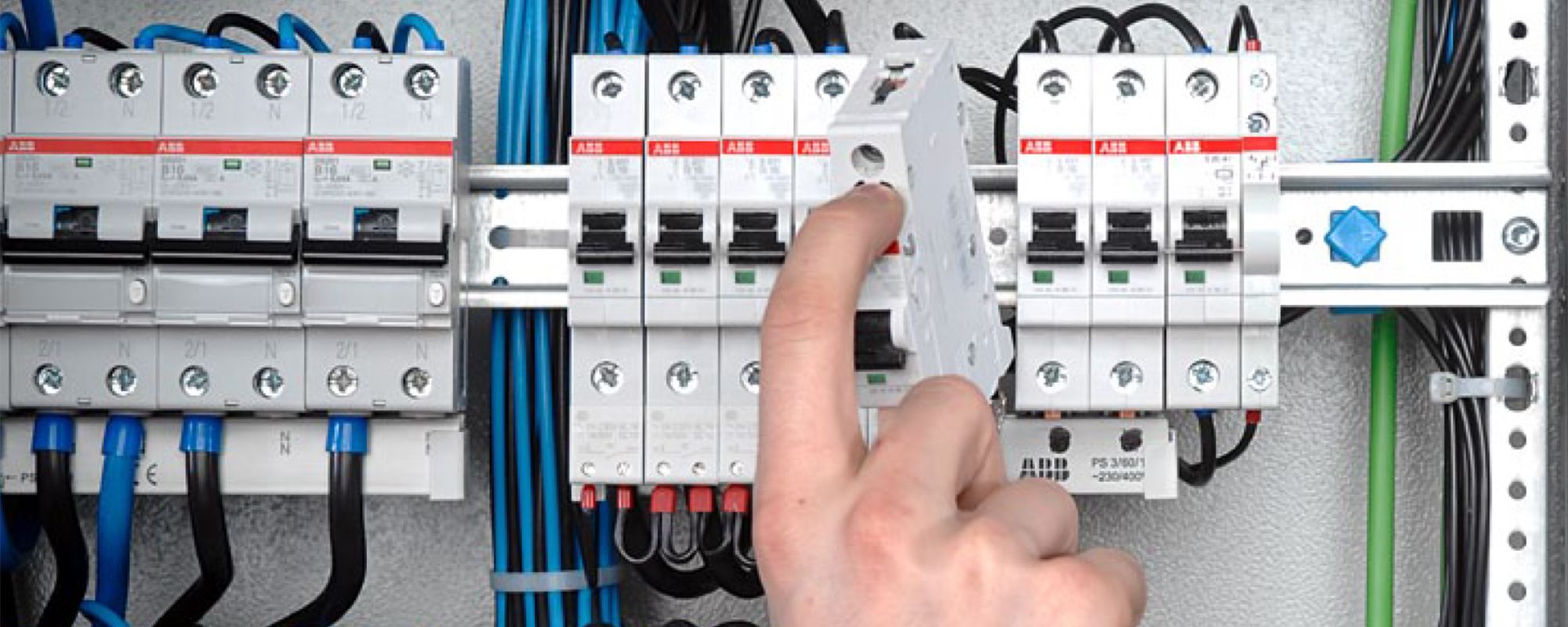Industrial control panels are a necessity for most automation systems. Here are some considerations to make sure your design is on track.
Industrial control panels house electrical and electronic components used to automate machinery, building controls and processes. Although there are many different types of control panels used in industries, all share many similarities as each distributes power, senses input conditions, executes logic, commands outputs and allow users to interact.
The smart parts to accomplish this require some suitable level of protection from the environment to guard against extremes of temperature, vibration, humidity and airborne contaminants. Industrial control panels perform these and other functions using standard enclosures.
Designing and fabricating industrial control panels isn’t rocket surgery, but there are some important considerations to keep in mind. In this post we will highlight some main topics, and in subsequent posts we will delve into more detail. This industrial control panel design guide won’t make you an expert overnight, but it will help ensure a successful project.
Built for Today and Many Tomorrows
Industrial control panels must be designed for the long haul because most will be in service for 20 years or longer. Typical contents include:
- Power: Circuit breakers, fuses, power supplies, connectors, conductors and grounding hardware
- Sensing and Command: Signal transmitters, converters, analyzers and relays
- Control: Hardwired logic, or digital controllers with input/output (I/O) modules
- Interface: Pilot devices (switches and lights) and analog indicators, or more advanced graphical displays, typically referred to as human-machine interfaces (HMIs)
- Wiring: Wire and cable management
These automation elements progress from classic hardwired/analog versions to their more modern and capable digital equivalents. Smart relays or PLCs (Programmable Logic Controllers) replace control relays and mechanical timers, and touchscreen HMIs supersede pilot devices and indicators.
Comprehensive industrial control panel design incorporates multiple disciplines and requires following certain codes and standards. Here are some general topics that must be addressed:

Codes and Standards
In North America, the most well-known industrial control panel standard is UL 508A “Standard for Industrial Control Panels,” and UL has a rigorous program for certifying panel assembly shops. Other required reading for designing and working with various control panels:
- NEMA 250 “Enclosures for Electrical Equipment” (1,000 Volts Maximum)
- NFPA 70 “National Electrical Code”
- NFPA 70E “Standard for Electrical Safety in the Workplace”
- NFPA 79 “Electrical Standard for Industrial Machinery”
- OSHA 29 CFR 1910.269 “Electric power generation, transmission, and distribution”
- UL 698A “Standard for Industrial Control Panels Relating to Hazardous (Classified) Locations
Other standards exist for specialty equipment, electrically noisy environments and hazardous locations — along with international requirements for panels planned for use outside the United States. To ensure compliance with codes and standards, design work should be performed under the guidance of a qualified engineer.
Requirements and Specifications
Prior to commencing design work, carefully read any requirements or specifications published by the customer. Often these appear generic, but specifications can force designers into making unexpected accommodations, and it’s better to know this early instead of discovering it later.
Worker Safety
Safety is of prime importance. Ensuring plenty of working room and illumination within the enclosure, as well as selecting touch-safe components, are two of the best ways to keep workers safe. Using the lowest voltages practical (usually 120 Vac and 24 Vdc) is preferred for automation circuits. However, some panels must contain components supplying higher voltages like 480 Vac power to motors and heaters. But due to arc flash and other safety-related concerns, it’s best to keep any voltage above 120 V in separate panels where possible.
Equipment Protection
Good designs will be easy for operators to use and interlocked so it is unlikely that field equipment can be inadvertently damaged. Circuits should be designed fail-safe such that if power is lost or a wire becomes disconnected, the controlled equipment transitions to the safest state possible, usually off or closed.
Constructability
Constructability includes three main aspects. Can the industrial control panel fabricator mount all the parts with appropriate spacing and wire them as needed? Next, are the field installers able to physically mount the panel while maintaining NEC-mandated working space, route field wiring to it and terminate external wiring with enough slack? Finally, can technicians now and in the future have enough visibility and working room to troubleshoot and replace components mounted inside the industrial control panel?
Environmental
This is a two-part concern. First, what is the environment outside the industrial control panel with regards to temperature, moisture, chemicals and other contaminants? The panel and all penetrations must maintain the proper NEMA rating. Second, how high or low of a temperature can the interior components withstand, and will thermal devices need to be added to remove (or add) heat? This is especially critical for outdoor industrial control panel and those with sun exposure.
Electrical
Electrical design for industrial control panels requires the attention of a qualified engineer. Power distribution, overcurrent protection, power supplies, short circuit current ratings and load calculations demand detailed design analysis.
Wiring and Connections
Usually, bolting or clicking the parts into place onto the back panel of the industrial control panel is straightforward. Complexity begins when routing and terminating the proper size and color of wires to the right places, and at this point component and wire tagging becomes important. Some tagging is required by the NEC or UL, while other tagging is up to the designer standards.
Summary
Industrial control panels house sensitive electric and electronic components, and must be designed to protect these components from harm while providing required access for maintenance and troubleshooting. Safety is a prime consideration, which can be achieved by following applicable codes and standards.







